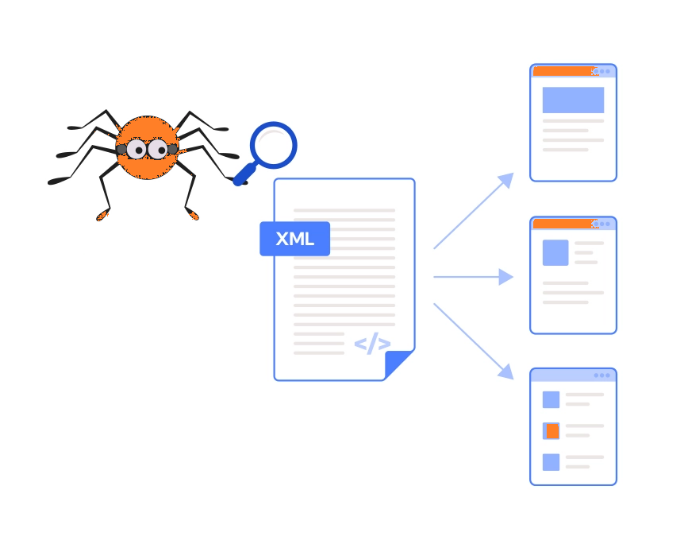In the ever-evolving digital landscape, where websites are a dime a dozen, standing out from the crowd has become more challenging than ever before. To conquer the vast and competitive realm of the internet, you need a well-thought-out SEO strategy, and one crucial element of this strategy is creating a 사이트맵.

Understanding the Significance of a 사이트맵
A 사이트맵, also known as a sitemap, is a file that serves as a roadmap for search engines to navigate and understand the structure of your website. Imagine it as the GPS that directs search engine crawlers through the labyrinth of your web pages. By having a comprehensive 사이트맵 in place, you provide search engines with valuable information about your website’s hierarchy and content. But why is this important, you may wonder?
- Enhanced Crawling Efficiency
Search engines, like Google, send out web crawlers, also known as bots or spiders, to scour the internet and index web pages. These bots are constantly on the hunt for new content and updates to existing pages. When your website has a well-structured and up-to-date 사이트맵, it makes the crawling process much more efficient.
Efficiency is key here. When search engine bots can efficiently navigate your site, they can index your pages faster. This means that your latest blog post, product page, or important update will be included in search results sooner rather than later.
- Improved Indexing and Ranking
When your website is efficiently crawled and indexed, it positively impacts your search engine ranking. Search engines aim to provide users with the most relevant and up-to-date information in their search results. By making your content easily accessible through a 사이트맵, you increase the chances of your pages ranking higher in search engine results pages (SERPs). - Better User Experience
A well-organized 사이트맵 isn’t just beneficial for search engines; it’s also a boon for your website’s visitors. Imagine a scenario where a user lands on your homepage but struggles to find the specific information they’re looking for. Frustration sets in, and they’re likely to bounce off your site and look elsewhere. A user-friendly 사이트맵 can help visitors quickly find what they need, improving their overall experience and keeping them engaged with your content.
Creating Your Own 사이트맵
Now that we’ve established the importance of a 사이트맵, let’s delve into how you can create one for your website. While this process might seem daunting at first, it’s manageable, especially if you have a good grasp of your site’s structure.
- Start with a List
Begin by listing all the pages on your website. This includes your homepage, blog posts, product pages, contact page, and any other relevant content. This step helps you gain a clear overview of your website’s structure. - Choose the Right Format
A 사이트맵 can be created in various formats, but the most widely recognized and accepted format is XML. XML (Extensible Markup Language) is a machine-readable format that search engines prefer. It’s highly structured and allows you to provide specific information about each page. - Use Online Tools
Several online tools and plugins are available that can generate a 사이트맵 for you automatically. Platforms like WordPress offer plugins that can generate and update your 사이트맵 whenever you create new content or make changes to your site. These tools simplify the process and ensure your 사이트맵 remains current.
Conclusion
In the fast-paced world of SEO, staying ahead of the competition is crucial for the success of your website. A well-structured and up-to-date 사이트맵 can significantly contribute to your site’s efficiency, visibility, and user experience. By creating and maintaining a 사이트맵, you provide search engines with the roadmap they need to explore your site thoroughly, ultimately helping you outrank competitors and reach your target audience.
